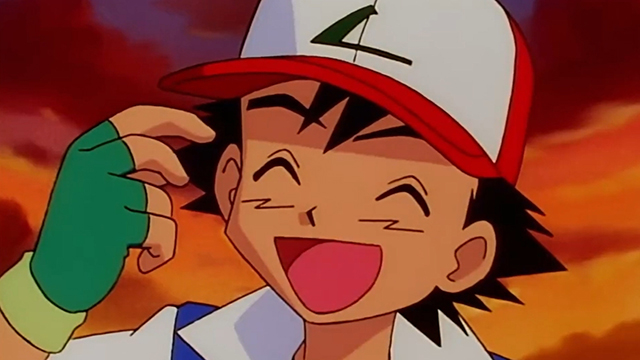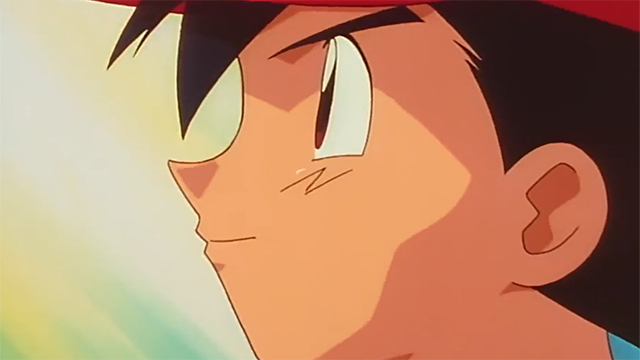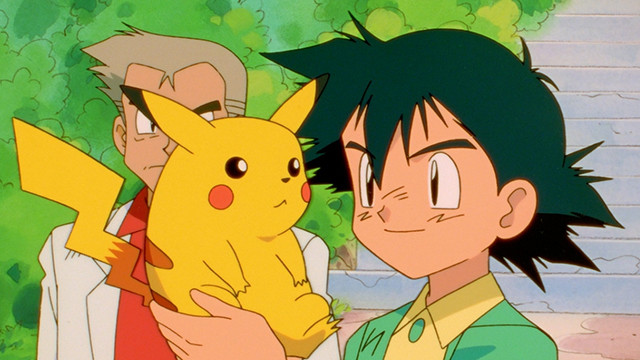FEATURE: The Pokémon Anime Is Still Important To The Franchise 25 Years Later
On April 1, 2022, the Pokémon anime turns 25. For two-and-half decades, adventures of the eternally youthful Satoshi/Ash Ketchum have delighted veteran fans and newcomers alike. Many franchises go on to have TV adaptations, especially ones aimed at children. A cartoon means more eyes on the product, more opportunities to sell toys, and more brand exposure to audiences that might otherwise be unaware. And while the Pokémon anime definitely is all of those things, its relationship to the wider franchise, especially when it comes to displaying its core ethos, makes it at least a bit more important than your standard cash-grab adaptation.
Released a little over a year after the release of Red and Green, the Pokémon anime exists in the same way many other branches of the series do. Born on the Game Boy, the first Pokémon games were ripe for exploration and extrapolation. Their design allowed them to feel bigger than the tiny screen that had captured them, and so other Pokémon ideas were dedicated to bringing those details to life outside of the mind of the gamer. One of the boons to Pokémon's nascent months was the rampant fascination over Mew, the mythic #151 in a the rigid structure of 150, and the ability to warp the game and trick its code in order to acquire it meant that Pokémon was destined for a lifetime of fans digging outside the scope of the games' horizon. There had to be more.

All images via Pokemon TV
As such, things like the anime aren't necessarily strict retellings of the games' story but wider brush strokes on its canvas. What does the Pokémon world look like in vivid color rather than 8-bit black, white, and grey? How do the creatures move? What do they sound like? How do they interact with the world? How does the world interact with them? The answers to this obviously differ across the mediums — the bounds realized in the popular Pokémon Adventures manga are different than those in the anime, which is different than the ones in the games. However, they're all attempts to fill in shades. The "Gotta catch 'em all" mantra that was seen just as frequently as the series' title in its early years served a triple purpose: Catch them all in the game, catch them all in the stores, catch them all in your mind. Watching the anime after you played the games changed how you saw both, the picture coagulating into a broader experience that most franchises can only dream about.
When the show came to America, it debuted a few weeks before the games, serving as both a test run and a sample of the "Pokemania" to come. Fear over children shunning anime and JRPGs was quickly replaced by enthusiasm as Nintendo of America and 4KIds watched the young audience go bananas over Ash Ketchum. The anime helped drive kids to the games, not in an attempt to replicate Ash but to discover just what he was so interested in.

It's in this that Satoshi/Ash Kecthum's true purpose was revealed. As a character, Ash Ketchum is a template for a child around his age — excited, obsessive about his interests, prone to making mistakes, and always trying to do better. He isn't a deep character, but he is a very inviting one if you're a kid first dipping your toes in the Pikachu pool. He will never outdo you or outshine you, but is instead an indefinite youth. The Pokémon universe is massive and Ash served as a friend instead of a guide. Every new generation of fan finds him this way, beckoning them into a world that he's just as excited about as they are.
Each new series is both a continuation and a pseudo-reboot, pulling double duty for new and long-term devotees of the series. Whether it's done its job well in this regard is an opinion that varies wildly from person to person. But considering its 25-year lifespan and the way it pushed Ash Ketchum into the pantheon of Pokémon icons means that, more often than not, fans at least have a soft spot for him. Because at one point, he was them.

Whether you view it as a current watcher or through a lens of nostalgia, it's undeniable that the Pokémon anime's role in the franchise's wider growth was crucial. As I said, many popular things get adaptations, but it's rare for them to have a lasting impact. They exist to hang on to the source material and to gather the spoils in its wake. The Pokémon anime is most certainly built on the notoriety of the games, but what it evolved into has made it a little special — a pass to greater access into the world that Pokémon lovers adored. In that way, it was made better and it made the outlook of the games and the fictional world they presented a little brighter. "You teach me and I'll teach you."
Daniel Dockery is a Senior Staff Writer for Crunchyroll. Follow him on Twitter!
Do you love writing? Do you love anime? If you have an idea for a features story, pitch it to Crunchyroll Features.
from Latest in Anime News by Crunchyroll! https://ift.tt/wJyKtVg


Comments
Post a Comment